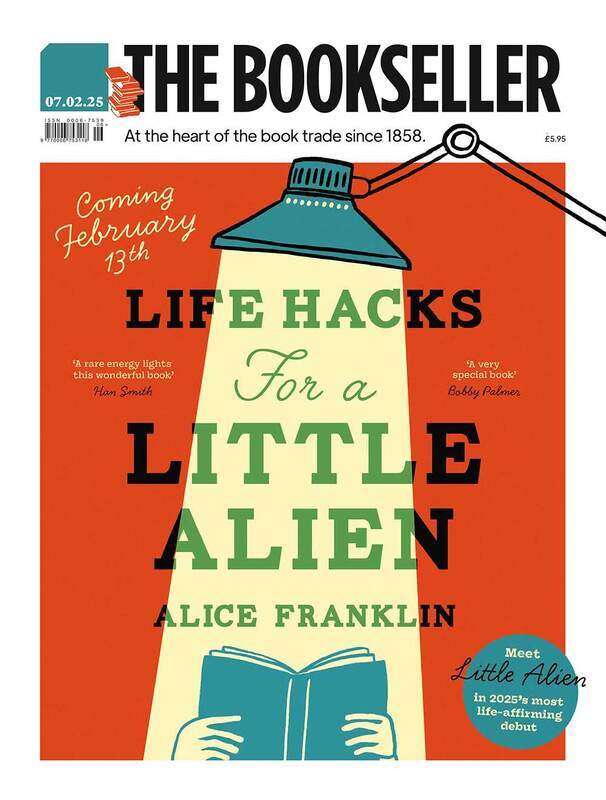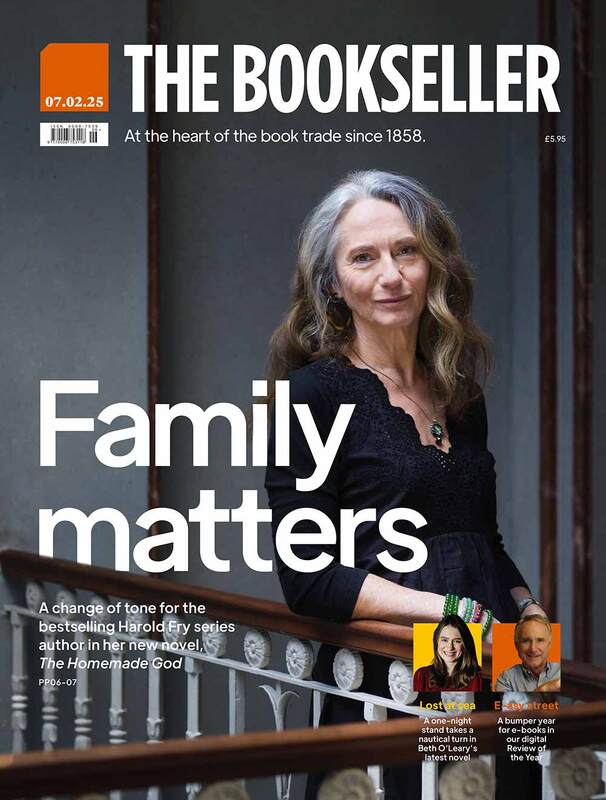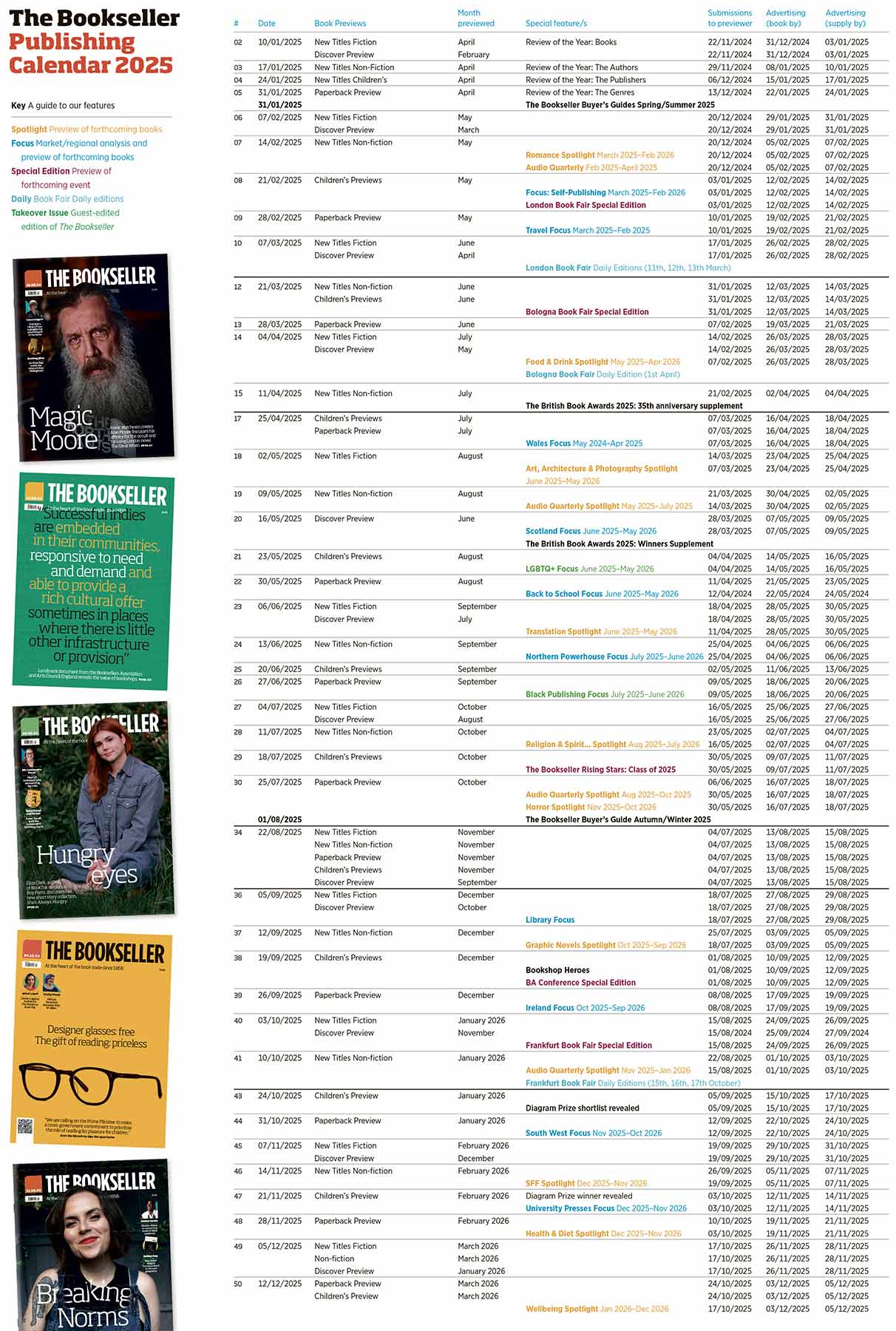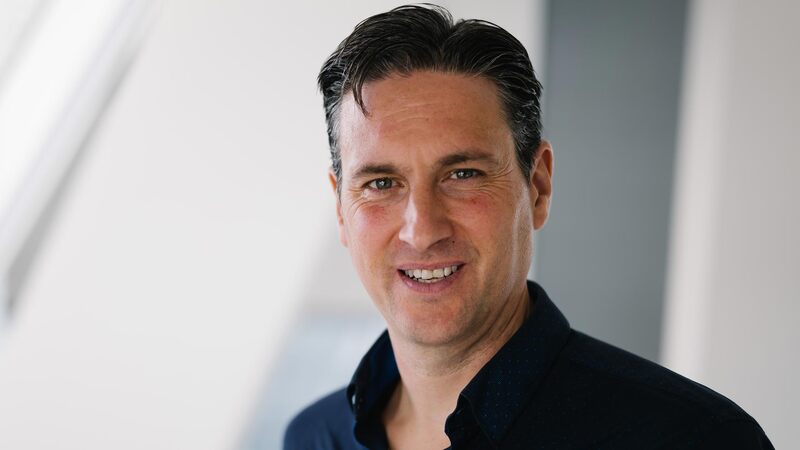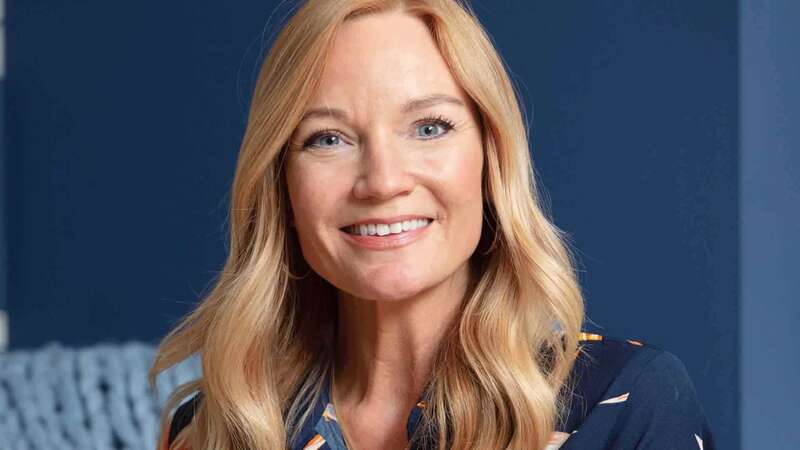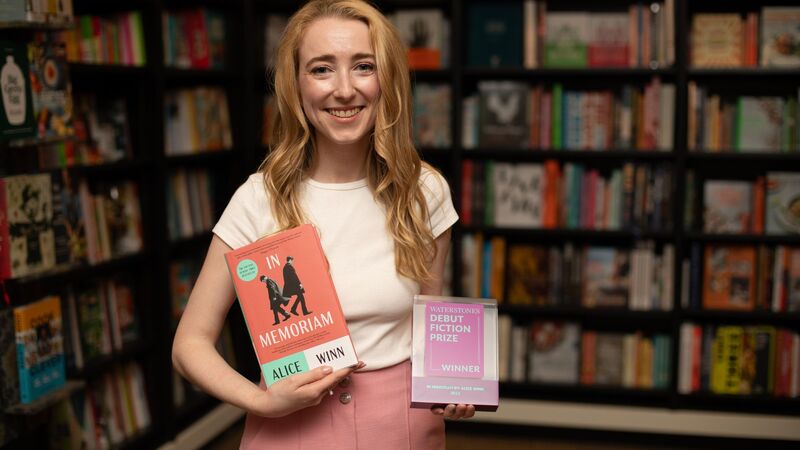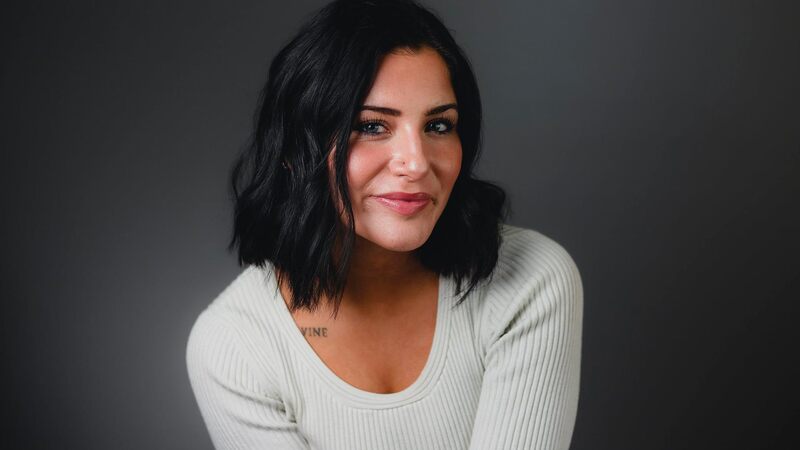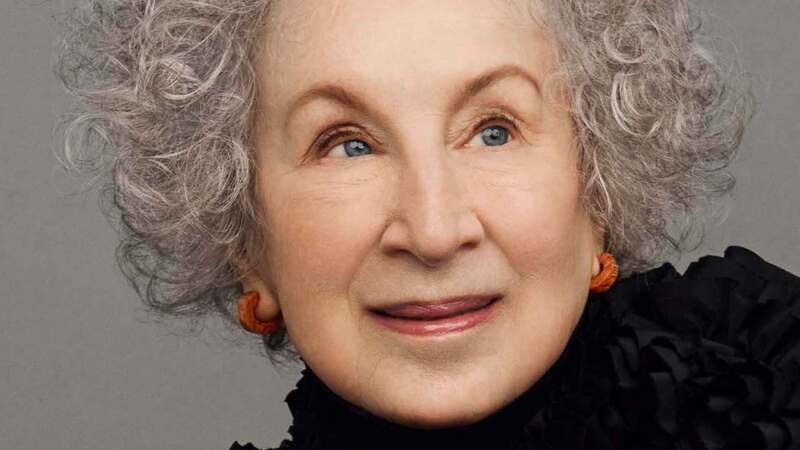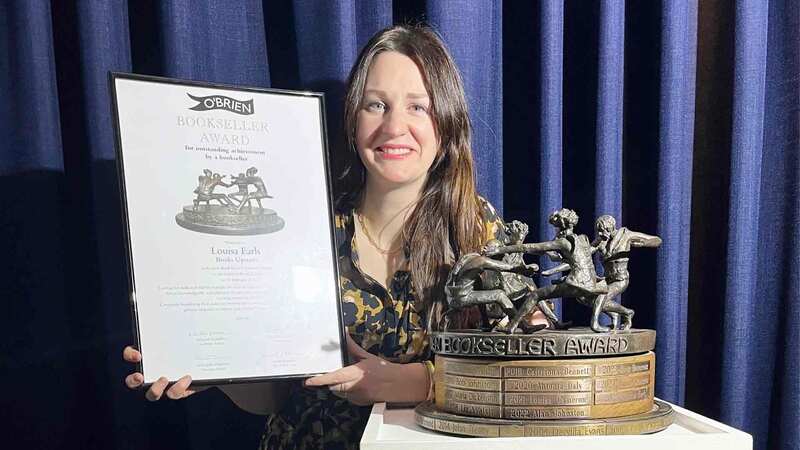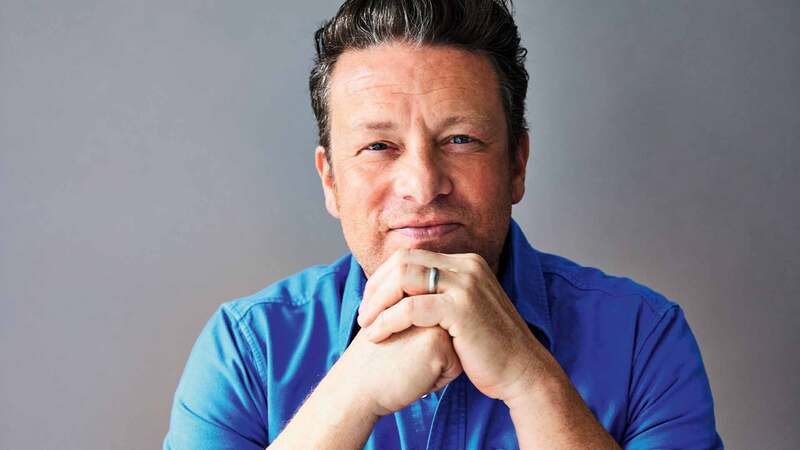You are viewing your 1 free article this month. Login to read more articles.
10 Things You Learn from The Art of Neil Gaiman
1) Neil Gaiman drinks unimaginable quantities of tea and loves to eat sushi.
2) Although born in England, the last few decades have been spent living at his Addams Family house in Wisconsin and (in between travelling) the majority of his writing is done in the gazebo at the end of the garden there.
3) In 1977 he formed a punk band called the Ex-Execs. Because you could write the name as “XXX”.
4) There was a brief period in time when he did not had his famous dark mop of hair. Aged 16, an accident involving some bleach and an attempt to look like Billy Idol left it a horrible shade of straw-orange. Faced with the threat of being kicked out of the house by his father, he borrowed a box of raven black dye from a cousin, leaving him with jet-black hair and purple-y highlights way cooler than "the sad bleach thing”.
5) Neil's first novel, My Great Aunt Ermintrude – written when aged 21 – is a children’s book, which has lived in a box in the attic ever since Gaiman decided that he’d done one of those “first novel things” and that what everybody should do with his first novel is put it in a box in the attic and forget about it. But in the wake of the success of Coraline, he fished it out to read to his daughter Maddy, who was seven. With decades between the writing and the reading, Gaiman was struck by one single page of the manuscript:
“The book doesn’t sound like me except for one page, which was really, really, really weird. You can see me doing Hugh Lofting, or Roald Dahl, or Noel Langley… You can just see me doing voices, deploying everybody. But there was just one page in it which was pure me. Then we put it back in the box and sent it back up to the attic where I hope it will remain at least until I die. In my memory it was a great deal better than it actually was.”
6) Neil's first published book was titled Duran Duran: The First Four Years of the Fab Five, a bio-discography of the hugely successful pop group. It’s been said in a couple of articles that Neil doesn’t even own a copy of his first published book. But it’s there in his library, just to the right of the jackalope and a couple of shelves below the ring-binder of adolescent fiction:
“There’s only one book I’ve ever written that was written solely for the money. And it wasn’t even very much money, but when you’re very young and very hungry, and somebody’s just offered you the opportunity to write a book, you take it,”
7) After 8 years of abandoning hope, it was the discovery of Alan Moore’s Swamp Thing that inspired Neil to write comics:
"One day in early ’84 I was in Victoria Station in London and they had a pile of comics at the newsagents, including Swamp Thing. It was a title that I had loved as a kid, so I picked it up, thumbed through it, and thought, “Hang on, this is literate, this is really interesting. Over the next month or so I’d pick up the Swamp Things, flip through them, and put them back down again. And finally, I think it was Swamp Thing #28 - I bought it and took it home with me, and that was that. I’d discovered Alan Moore, discovered what he was doing. I realised you could do work in comics that was as every bit as mature, and interesting, and exciting, as anything that was being done in mainstream fiction or in modern horror literature. It was like coming back to an old lover, and discovering that she was still beautiful."
8) Neil can be held responsible for getting a lot of women to read comics by introducing Death to Sandman #8 in 1989. The popularity of the female character was proven in 1991, when DC readers voted her their favourite supporting character to be given it's own miniseries, and young gothy women wearing ankhs and eyeliner were seen dropping into comic shops for the first time.
“It had always seemed to me just peculiar that half the human race didn’t read comics. I was writing a comic for everybody, trying to keep a gender balance of the characters and trying to write something that wasn’t the preadolescent male power fantasy"
9) Neil has revealed that The Ocean at the End of the Lane started as a short story for his wife Amanda Palmer so that she could know about him as a boy, with the main character as close to autobiography as he has ever got. The picture on the back cover of the book is actually Neil standing on a drainpipe aged 7, something he used to do a lot, “because boys in the books I read climbed down drainpipes”.
10) Having spent decades trying his hand at a multitude of media, Neil Gaiman is allowed to have a favourite: radio plays. Over Gaiman’s career various stories have been adapted for the radio – Anansi Boys and Signal to Noise and Mr. Punch - and most recently a Neverwhere adaptation by Dirk Maggs (The play has an all-star cast: James McAvoy, Benedict Cumberbatch, Anthony Head, Bernard Cribbins, Andrew Sachs, Johnny Vegas, and “Christopher Lee saying lines I wrote. This makes me happier than I have any right to be.”) Neil says:
“Radio plays are, if not my favorite medium, at least one of my favorite media. It’s like filmmaking without the waiting about, and with its own special magic. Radio is a wonderful, vital force, which allows you to do things cheaper and quicker: a scene in a film in which a character needs to appear geographically distant would require half a day of setups and relighting and moving the camera and moving the people . . . but in radio, you just take three steps away from the microphone. It takes no time at all."

